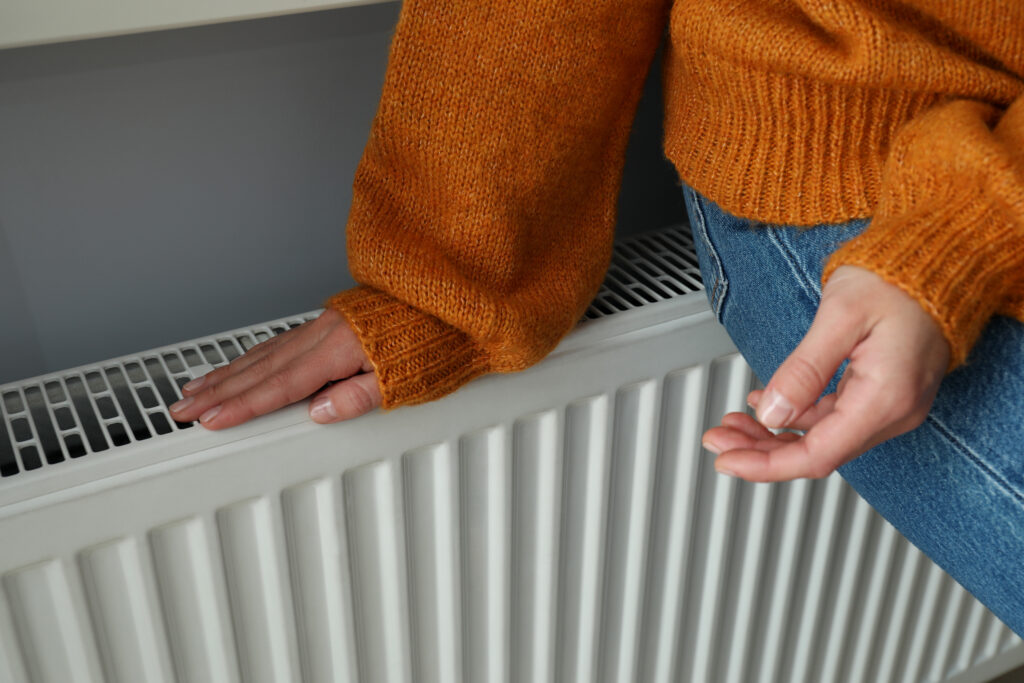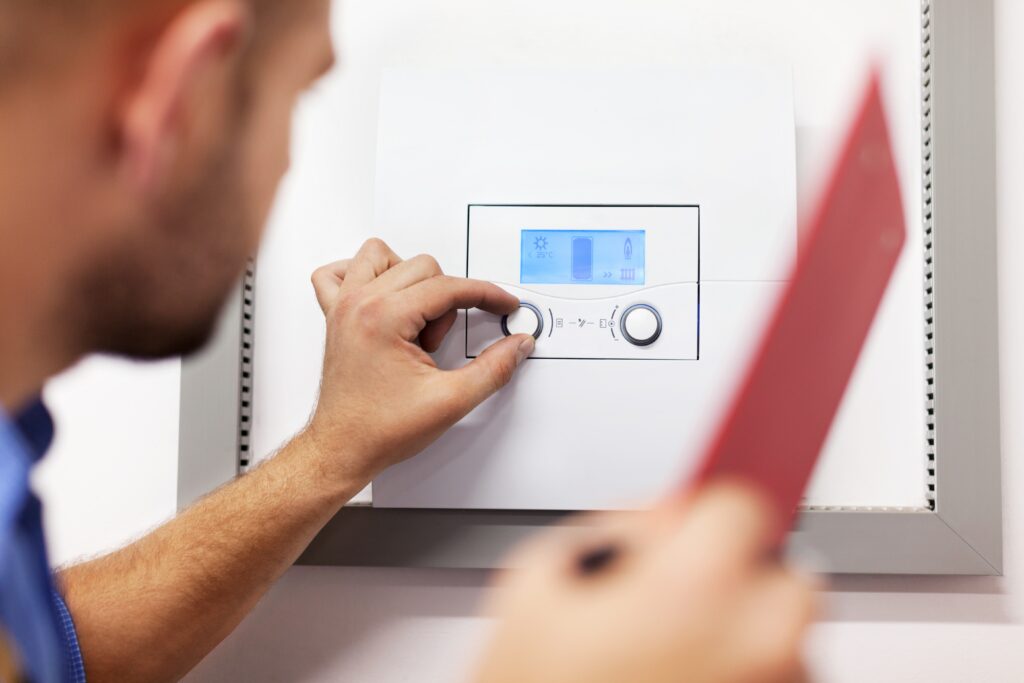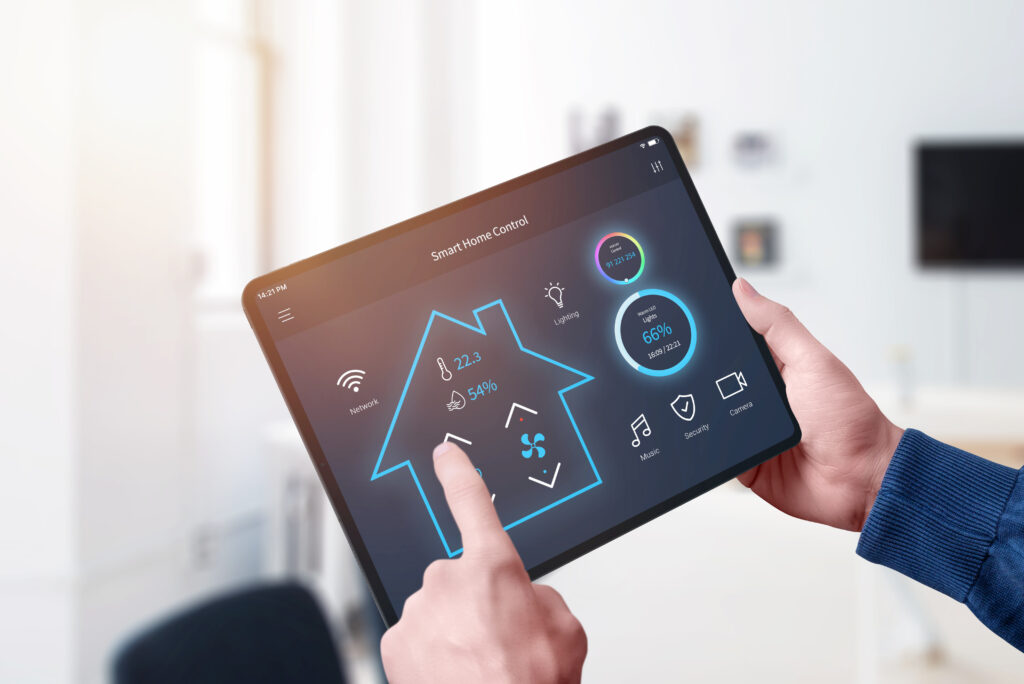Home Heating Myths From Heat-Tec
With the winter well and truly here, it can be tempting to draw the curtains, turn up the thermostat and reminisce about the sunnier and warmer times. Keeping warm inside a house away from the elements may sound easy, but you’ll be surprised; most people have no idea how to keep warm. Recent surveys have shown how the majority of Britons believe that they understand their heating controls, with half misusing the energy by turning up their thermostat. People also think that turning up the heating makes it hotter quicker and that the external temperature will make a difference and that hot water needs to be on constantly, which isn’t true. So take a look at the below points, where we sort your heating fact from fiction.
You Should Turn the Heating Up When It’s Cold Outside
Recent reports have shown that just over half of homeowners have turned up the thermostat when it’s cold outside, but homes shouldn’t need this as the thermostat is there to maintain the internal temperature, whatever the weather is like. A well-functioning thermostat regulates the internal temperature to your desired setting regardless of external weather conditions. The key is ensuring your home is properly insulated, which helps maintain a consistent temperature and reduces the need to fiddle with your thermostat settings whenever it gets chilly outside.
You Should Turn the Thermostat Up to Heat the Room Quicker
Further research has shown that people have admitted to turning their room thermostat up when they want the room to heat up quicker. This doesn’t heat up a room faster; it just heats the home to a warmer temperature. Central heating systems work at a constant rate, so adjusting the thermostat only changes the final temperature, not the speed at which the temperature is reached. Instead of cranking up the thermostat, consider using additional measures like draught excluders or thicker curtains to retain heat more effectively.
You Should Leave the Heating on Low Constantly
It’s common for people to think that it’s more energy-efficient to leave the heating turned on at a lower temperature constantly, rather than turning it off and on. This is wrong, as it only means that these homes are heated when no one is there to benefit, and then the home is too cold. The most efficient way to use your heating is to program it to come on just before you need it and turn off when it’s not required. Many modern thermostats offer programmable settings that allow you to schedule heating times, ensuring your home is warm when you need it and saving energy when you don’t.
Keep Your Hot Water on All Day So You Don’t Run Out
If your hot water tank is properly insulated, water heated for half an hour in the morning should stay warm until midday. It’s much better to set your water to come on for half an hour before you get up to shower. Constantly keeping the water heater on not only wastes energy but also increases your utility bills unnecessarily. Investing in a high-efficiency water heater and ensuring your hot water cylinder is well-insulated can significantly reduce energy consumption.
Keep Electric Storage Heaters on All the Time
Research has shown that few people with electric storage heaters fully understand how they work, meaning households with electric heating could be paying much higher prices by not taking advantage of cheaper night rate electricity. Storage heaters are designed to take advantage of off-peak electricity rates by heating up at night and releasing stored heat during the day. Understanding your heater’s settings and taking advantage of off-peak times can greatly reduce heating costs. Adjusting the output settings allows you to control the amount of heat released during the day, ensuring you don’t overheat or waste energy.
Insulation Is Only Important in Winter
Many homeowners believe that insulation is only crucial during the colder months when, in fact, proper insulation is beneficial year-round. Insulation not only keeps the warm air inside during winter but also helps keep your home cool in the summer. By preventing heat exchange between the indoors and outdoors, insulation can significantly reduce energy bills by minimising the need for heating and cooling. Ensuring your loft, walls, and floors are adequately insulated can provide comfort throughout the year and offer substantial savings on energy costs.
Thermostatic Radiator Valves Aren’t Necessary
Some people underestimate the effectiveness of thermostatic radiator valves (TRVs), assuming they don’t make much of a difference in overall energy savings. In reality, TRVs allow you to control the temperature of individual radiators, providing more precise heating control for different rooms. By adjusting TRVs based on room usage, you can avoid heating unoccupied spaces, leading to significant energy savings. For example, bedrooms may not need to be as warm during the day, while living areas might require more heating during evening hours. Utilising TRVs effectively can enhance comfort and reduce heating expenses.
Using a Fireplace Will Heat the Whole House
There’s a romantic notion that lighting a fireplace will warm the entire house, but this is largely a myth. While a fireplace can create a cosy atmosphere in the room where it’s located, it is not an efficient heating source for an entire home. In fact, traditional open fireplaces can draw warm air from the rest of the house and send it up the chimney, potentially leading to heat loss in other areas. If you enjoy the ambiance of a fireplace, consider installing a more efficient wood-burning stove or using it in conjunction with your central heating system to ensure even warmth throughout the house.
Heating Facts
Closing Your Curtains Does Save Heat
Studies have shown that drawing your curtains can reduce heat loss from 15% to 17%, whilst drawing the blinds reduces it by 13% to 14%. Curtains and blinds create an additional layer of insulation that can help retain warmth, especially during cold nights. Opt for heavier, thermally lined curtains for maximum insulation, and make it a habit to close them as soon as dusk falls to keep the heat in.
Old Boilers Drain Energy
A boiler of 15 years old or more may be wasting from 30 to 40 pence of every £1 spent on heating your home and water. Updating your heating system to an A-rated condensing boiler or oil-fired model could make your system up to 90% more efficient. While the initial investment can be significant, the long-term savings on energy bills and the improved efficiency make it a worthwhile upgrade.
Bleeding Your Radiators Does Make a Difference
It sounds like a hassle, but it’s essential if your home’s radiators aren’t as powerful as you’d like. The first thing to do is to bleed them. Radiators containing trapped air are hot at the bottom but cold further up, so they’re not giving off as much heat as they should. Bleeding them is easy; simply put a radiator key or a small screwdriver into the bleed valve on the radiator and open the valve to let out the air. This simple maintenance task can significantly improve your heating system’s efficiency and ensure your home stays warm and comfortable.
The Arranging of Your Furniture
Ever wondered why people always seem to put sofas in front of radiators? It’s a bit daft, isn’t it? You don’t want a radiator pumping heat into the back of a sofa, so it’s best to make sure situations like this are avoided. Arranging furniture thoughtfully can help ensure that heat circulates effectively around a room, maximising comfort and efficiency. Keep larger pieces of furniture away from heat sources to allow warmth to distribute evenly throughout the space. Should you require any further advice regarding heating in your home, feel free to contact our professional heating engineers. All of our heating specialists are fully qualified and Gas Safe registered, so you know you’re in safe hands no matter what your underfloor heating needs are. Give the heating experts at Heat-tec a call on 020 8212 7824 or e-mail sales@heat-tec.com.
Underfloor Heating Myths
Underfloor heating is becoming an increasingly popular option in modern homes, offering efficient, even heat distribution and a comfortable environment. However, several misconceptions persist about underfloor heating that may prevent homeowners from making an informed decision. Let’s debunk some of the most common underfloor heating myths:
Underfloor Heating is Only Suitable for New Builds
While it’s true that many new builds incorporate underfloor heating, it can also be installed in existing homes with the right planning and preparation. Retrofitting underfloor heating is possible, particularly with electric underfloor heating systems, which are less invasive to install than traditional water-based systems.
Underfloor Heating is Too Expensive to Run
A common misconception is that underfloor heating is costly to operate. In fact, underfloor heating can be very efficient, especially if paired with a smart thermostat that optimises energy use. Since heat rises evenly from the floor, rooms warm more consistently and can maintain a comfortable temperature with lower energy output than conventional radiators, which can translate into long-term savings.
It Takes Too Long to Heat Up
While underfloor heating systems may take longer to heat up initially compared to radiators, they provide a gentle and consistent heat that retains warmth longer, especially in rooms with good insulation. Many homeowners find that underfloor heating systems, especially water-based ones, hold residual warmth well after the system is turned off.
You Can’t Use Underfloor Heating with Carpeted Floors
It’s often believed that underfloor heating doesn’t work with carpets, but modern underfloor heating systems can be paired with most floor types, including carpet. The key is to select a carpet with a low tog rating (1.5 or less) so heat can permeate effectively. Manufacturers often provide guidance on the best carpet materials and underlays compatible with underfloor heating.
Underfloor Heating is Difficult to Control
Modern underfloor heating systems are equipped with programmable thermostats that allow for easy, precise control over temperature and scheduling. Smart controls are also available, enabling homeowners to adjust heating remotely via smartphone apps, making underfloor heating both convenient and flexible to manage.






